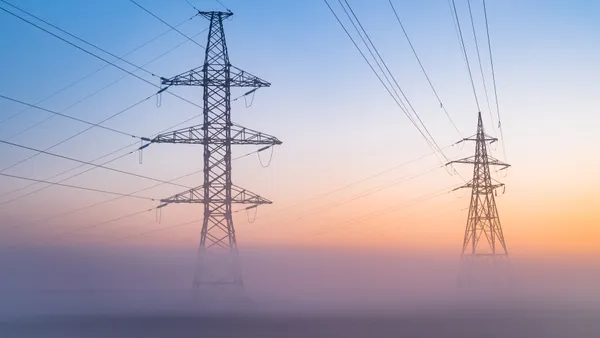For decades, customers regarded electricity as a commodity, and electric utilities as its regional monopoly providers. Fast forward to today, and the landscape is undergoing a tectonic shift.
Companies such as Apple, IKEA and MGM Resorts have made it publicly known that they are now adopting new energy strategies as a core component of their business operations. Others, such as 3M, Dow Chemical and General Motors, have signed renewable PPAs to attain sustainability and/or cost-efficiency goals. Each company’s approach to energy may be unique, but the underlying trend is that the largest and most influential companies are signaling to the marketplace that the days of electricity as an undifferentiated commodity are over.
The Stickiness of Brands May Become a Sticking Point for Utilities in the Not-So-Distant Future
When an energy consumer adopts energy strategies as a core component of its business and makes that fact publicly known, energy becomes a brand driver for that entity. And this has scary slippery-slope implications for electric utilities.
How?
Stage 1: When a company with an iconic brand adopts a new business strategy, everyone takes heed.
Many people believe that branding is about a company’s name, logo and its overall ‘look and feel’. While not incorrect, these attributes are only a sliver of what actually constitutes a brand. Effective branding is about putting the right frame of reference around a company’s business strategy, and using all available visual, verbal and channel assets to convey what the company stands for. Said another way, your business strategy is appreciated by your customers through your brand, in a factual, functional, emotional and experiential way.
This is why when iconic brands like Apple and IKEA take on clean energy as part of their business strategy, everyone notices right away. Not only are they using their brand reputation to signal to the marketplace that clean energy matters to their brand, but they are also influencing their customers to (a) care about clean energy and (b) associate clean energy expertise with their companies.
Stage 2: Over time, key brand attributes become synonymous with an organization, which make them less ownable by anyone else.
The tricky thing about brand attributes is that they cannot be shared or given away. Like the Tiffany blue, the Intel jingle, or Amazon Prime, the more a certain brand attribute becomes singularly identified with an organization, the less it can be credibly associated with anyone else. What is happening in the energy marketplace is still in its early days: major corporations are implementing a scattershot of clean energy options for various operational reasons, ranging from cost management and sustainability to transparency and resiliency goals. There is yet to be a ‘signature’ approach that can be definitively linked to any one corporation.
But fast forward several years and it is conceivable that as a corporation’s energy strategy becomes more focused and differentiated, that specific approach will become less ownable by other entities, including electric utilities. This is where trouble really starts.
Stage 3: Corporations may become the brand owners of the ‘new’ approach to energy, leaving electric utilities as the de facto brand owners of the ‘old’ energy
When major corporations move away from their utilities either wholly or in part, they are conveying their confidence to procure energy more cleanly and/or efficiently than their utility, i.e. rightly or wrongly, by simply making that business decision, these companies become positioned in the public’s minds as the newer, better approach to energy supply.
This has two implications:
- A bifurcated path to energy will emerge, where corporate clean energy approaches will emerge as a premium offering, and traditional utility kWh sales and demand charges will be relegated back to commodity status.
- For the iconic corporations that generate sufficient power on their own, they may be able to sell excess power as a branded offering to their loyal customers, e.g. charge your iPhone with clean Apple Energy.
The Solution
For this future to not emerge, now is the time for electric utilities to reevaluate their own brand positioning and tie it to a business strategy that enables them to become the iconic energy brand that consumers feel emotionally tied to. This means asking the difficult question of ‘what do we stand for’ and answering it in a credible, meaningful, differentiated, and business sustaining way.
While admittedly a departure from the traditional utility business approach, the good news in making this brand investment is that the benefits associated with effective branding are broad and long-lasting. In addition to customer-facing advantages, the ownership of an iconic brand delivers internal benefits in the form of top-talent recruitment and retention of a high-quality, motivated workforce.
Through their actions, large energy customers have already made clear that they no longer see electricity as a commodity, i.e. the clock is ticking for electric utilities to lay claim on this branding opportunity, or it will be defined and owned by other market players.










